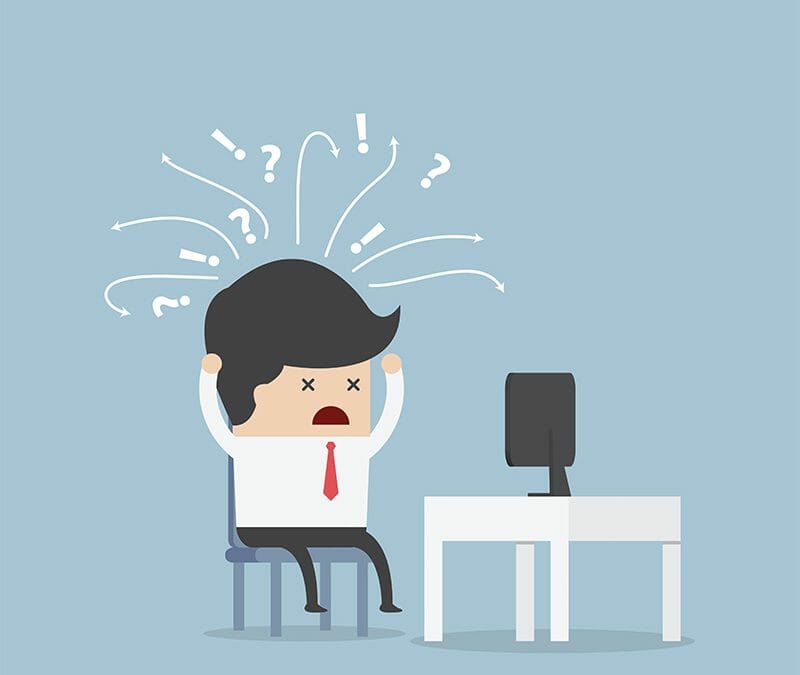Understanding Costs:
How do they behave?
Firstly understanding costs and your business numbers help with a variety of things, including:
- Pricing of goods and services
- Business planning
- Cash Forecasting
- Controlling costs
- Understanding profitability of customers, products and services
- Improving efficiency
Likewise if you can describe and link business activity with costs then you have a powerful insight into and understanding of costs. These costs are
- Fixed costs
- Step costs
- Variable costs
- Semi-variable costs
Fixed costs
Above all fixed costs are those that accrue with the passage of time and are not affected by changes in activity level. Similarly these will stay constant irrespective of the level of activity (miles travelled, journeys made). Hence the cost of car road tax will be the same whether we drive it 200 miles a year or 15,000 miles. The same applies to insurance and MOTs.
Other costs
Furthermore these will be largely fixed in nature, despite how much we sell (up to a point) include:
- Wages and salaries – fixed amounts
- Insurance
- Rent and rates
- Depreciation on assets
- Leasing charges
Variable costs
So these costs vary/fluctuate with changes in level of activity. For a car, a variable cost would be petrol. Likewise the total petrol cost will fluctuate according to how many miles that we do. Other examples of variable costs are:
- Stock – varies according to level of sales
- Sales commissions – varies according to level of sales
- Overtime– varies according to number of hours worked
Stepped costs
For that reason if your business expands or contracts to a certain point then your fixed costs may alter.
Hence the main feature of stepped fixed costs is that within a given time period, they are fixed within certain activity levels, but they eventually increase or decrease by a constant amount at various critical activity levels.
Examples of step fixed costs include:
- Recruitment of additional supervisory staff beyond certain production levels;
- Renting of additional storage space
Semi-variable costs
Finally some costs will not fit the category of fixed or variable. There are costs with a fixed and variable element. For example, your telephone costs are made up of a rental element, which is fixed, and the costs of your actual calls, which are variable. Other examples of semi-variable costs are:
- Gas and electricity costs
- Photocopier rentals
For that reason decision-making is improved if semi-variable costs are split into the fixed and variable elements. Don’t not concern yourselves with ‘insignificant’ amounts.
Businesses, private and not for profit operate in an increasingly changing and competitive environment.
So if you would like us to help you understand, appreciate and use your business numbers more then please contact us. We can have a cup of (virtual or real) coffee, biscuit and a chat as to how we can help.
Get in touch with us to find out if we can help your property and tax issues. For more business and finance , news, advice and tips, don’t forget to watch our weekly broadcasts, listen to our weekly podcast I Hate Numbers.
